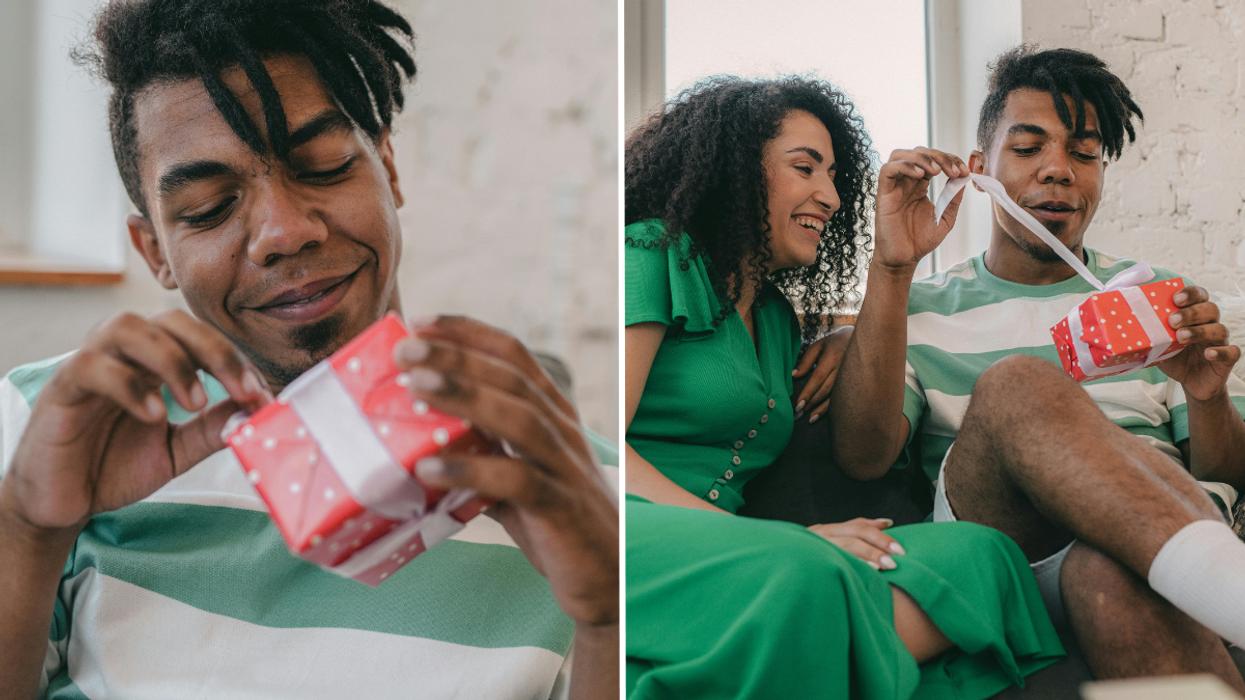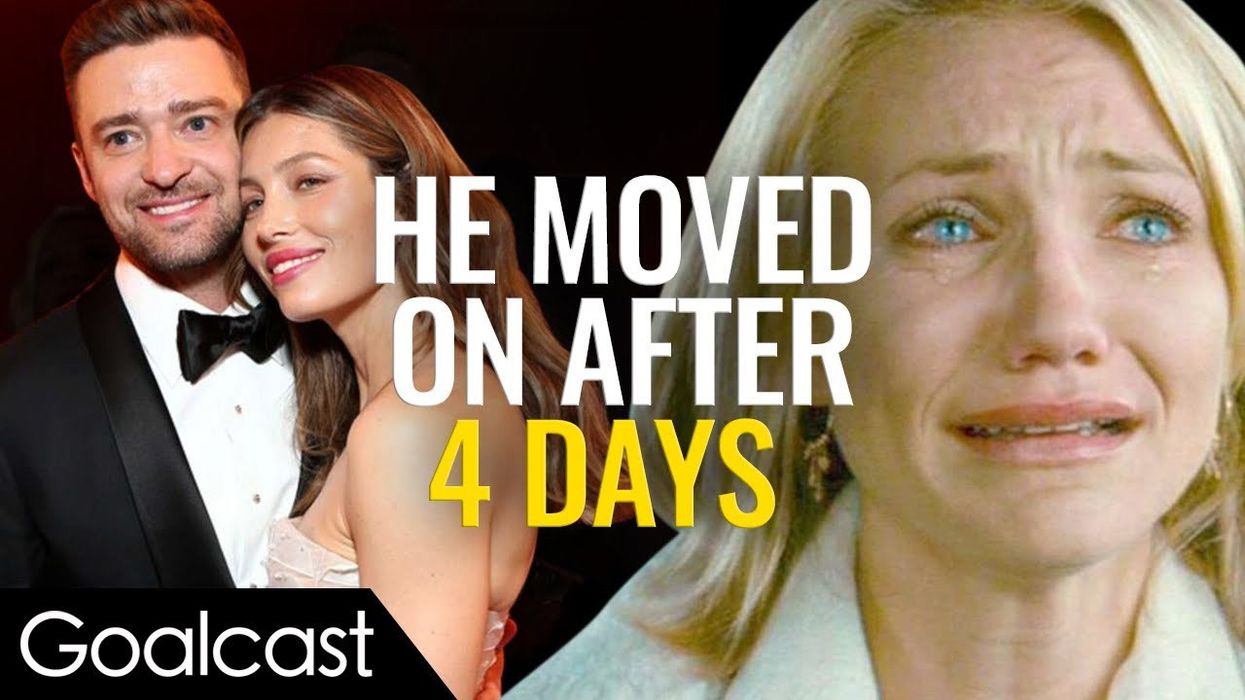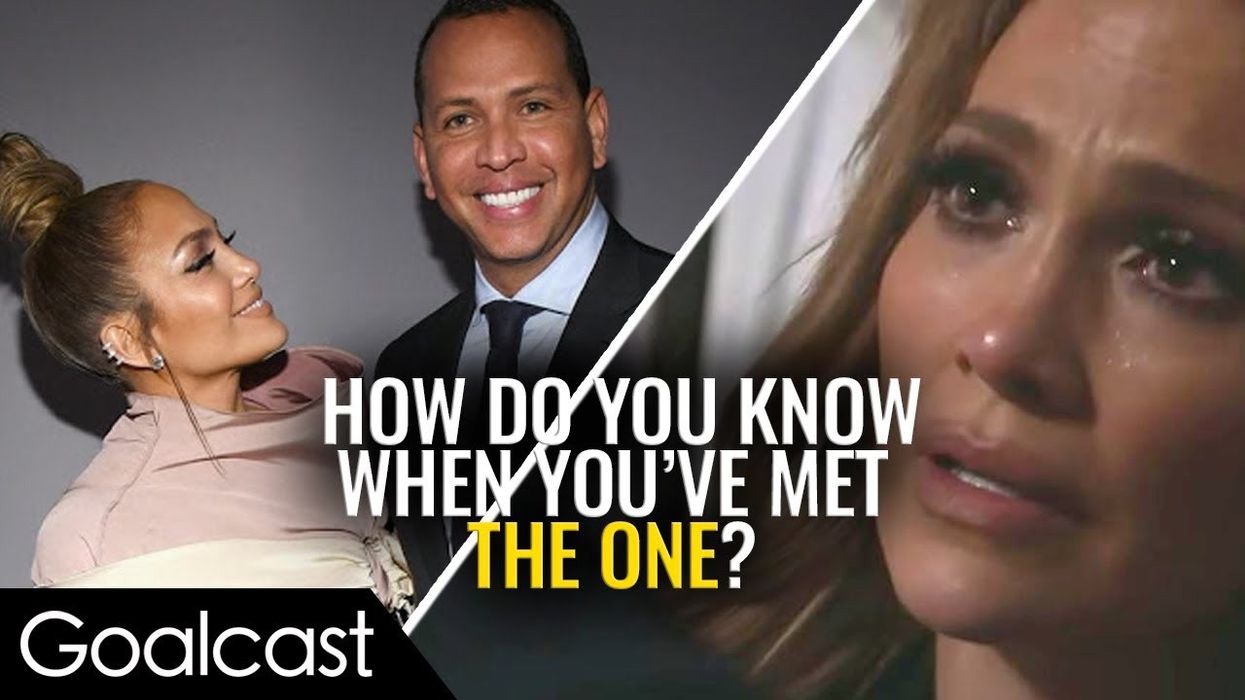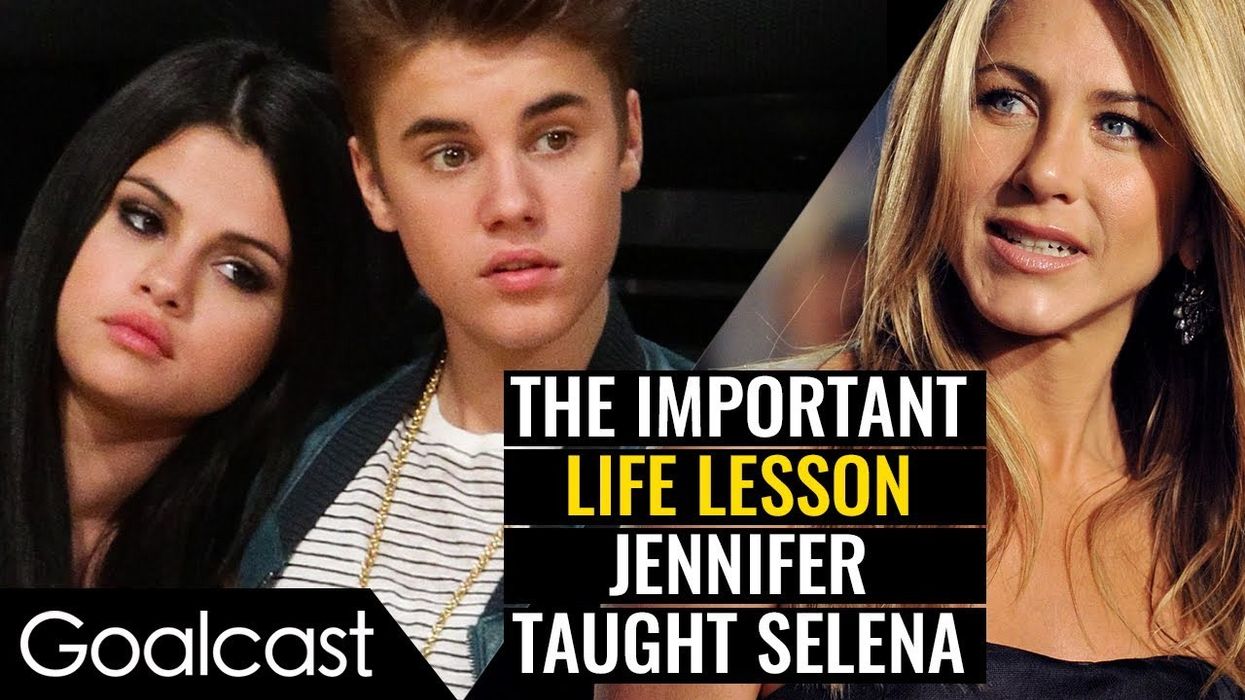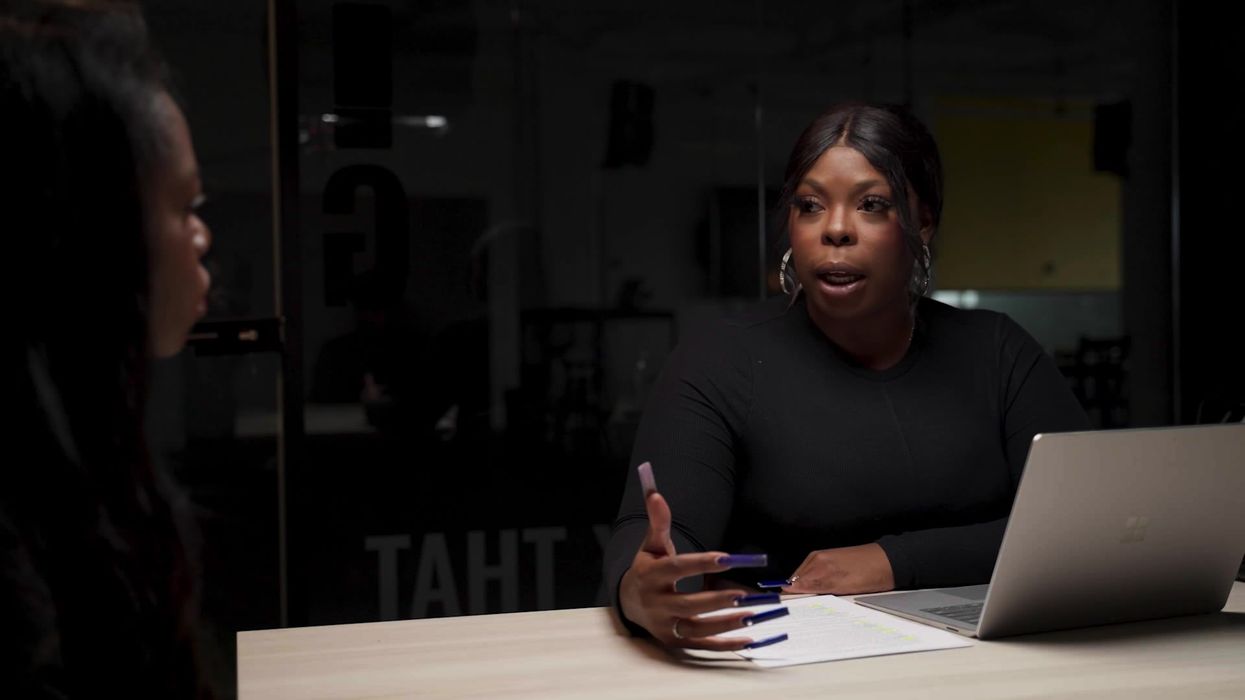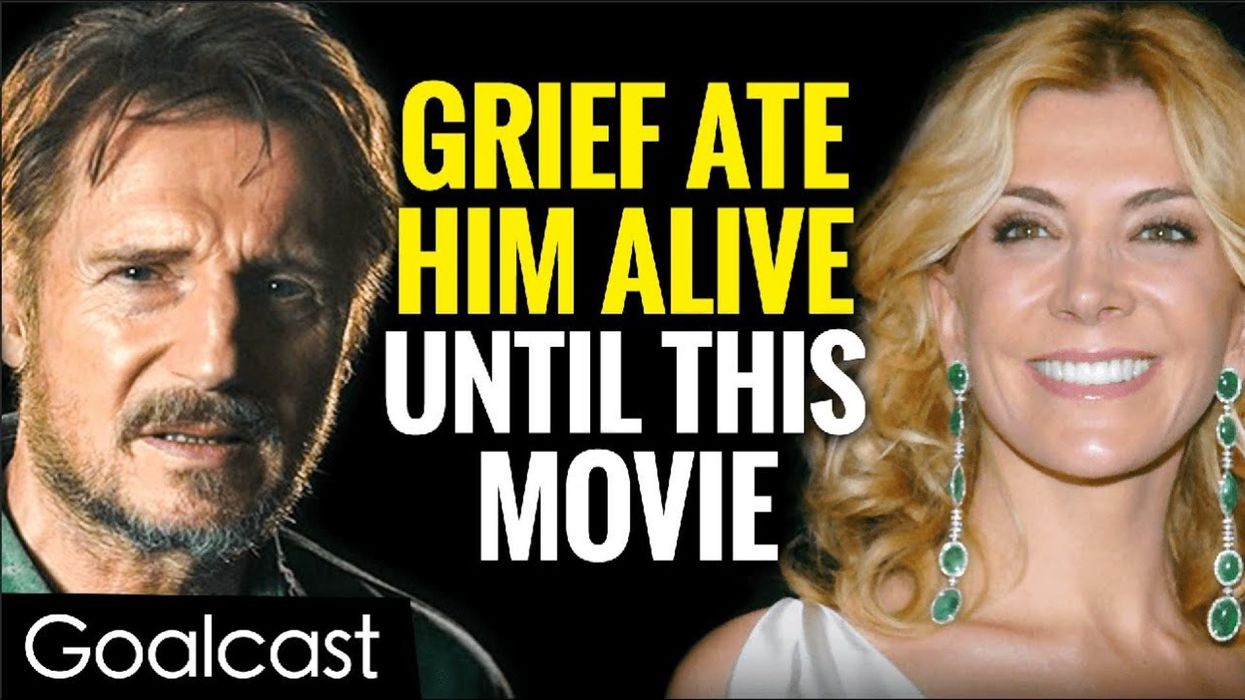
7 Things You Can Do Right Now to Feel Less Anxious
Anxiety affects millions of people all over the world, every single day.
Some have clinical anxiety that requires treatment, others simply experience the natural effects of a stressful and anxiety-ridden daily life.
But no matter what form or intensity of anxiety you experience, there’s always something you can do right now to make the situation better -- and feel less anxious.
People tend to dwell more on negative things than on good things. So the mind then becomes obsessed with negative things, with judgments, guilt and anxiety produced by thoughts about the future.– Eckhart Tolle
There are a lot of little tricks and techniques you can use to manage anxiety and feelings of anxiousness, however, some work better than others. Here are seven techniques you can try the next time you start feeling anxious:
1. Control Your Breathing
Most people aren’t aware of just how closely connected the mind and body are.
One great example of this is how the quality of your breathing directly affects your state of mind. Poor breathing is a major cause of heightened natural anxiety, with short and shallow breaths causing us to become increasingly more frazzled.
That’s why basic breathing meditation practices have such a significant effect on anxiety symptoms, with mindfulness meditation having been shown to help as much as prescription medication for clinical anxiety.
Have sixty seconds? Then you have enough time to meditate. Try it and see what a big difference it makes.
2. Talk to a friend
Another option is just to strike up a conversation.
Talking to people is not only great in terms of expressing what you’re feeling (something that is extremely important if you’re suffering from clinical anxiety), but also because it momentarily pulls you away from the trigger of your anxious state of mind.
Before you know it, the conversation is done and you feel slightly more calm.
3. Do a few simple stretches
Physical exercise is an easy and very effective way to reduce anxiety. Plus, you can take advantage of all the other great benefits of physical exercise while you’re at it.
But if full-out exercising isn’t your thing, even a minute or two of stretching the body can offer many similar benefits, from burning off stress hormones to releasing endorphins that relax and improve mood.
4. Fixate on a sensory experience
Similar to breathing exercises, fixating on something around you, especially something persistent like the swaying of a tree or the sound of passing cars, helps suck you back into the present and root your focus on this moment. This pulls you away from the looping fear-based thought process that defines anxiety and allows you to momentarily put it aside.
It’s not a cure-all, but it’s something you can do anywhere and at any time to reduce feelings of anxiousness.
5. Listen to calming music
It’s not exactly a secret that the right kind of music can have a calming quality. However, you need to use it correctly for it to serve as a tool for reducing anxiousness.
To make this really powerful, unearth some old tunes that conjure positive memories and really crank up that nostalgia meter. This feel-good state will reduce anxiousness and help release endorphins that improve your mood similar to exercise.
6. See through the mind’s tricks
Another way to manage feelings of anxiety is simply to recognize the way the brain often “tricks” you into thinking things are worse than they really are.
Psychiatrist Kelli Hyland once recounted an experience she had as a medical student, which influenced the way she treated her own patients years later:
I had seen people having heart attacks and look this ill on the medical floors for medical reasons and it looked exactly the same. A wise, kind and experienced psychiatrist came over to the patient and gently, calmly reminded him that he is not dying, that it will pass and his brain is playing tricks on him. It calmed me too and we both just stayed with him until the panic attack was over.
Hyland says she now uses that same advice with her own patients. “It helps remove the shame, guilt, pressure and responsibility for fixing yourself or judging yourself in the midst of needing nurturing more than ever.”
7. Find what works for you
It’s hard to think clearly when we’re anxious. But if you make a bit of an effort, chances are you can think of something you’ve done in the past that has really worked well for you to calm your nerves, and that might work wonders to help your anxiety.
Maybe you used to love reading, running, or drawing. Each of these activities can be incredibly therapeutic. Find what is unique to you and use that.













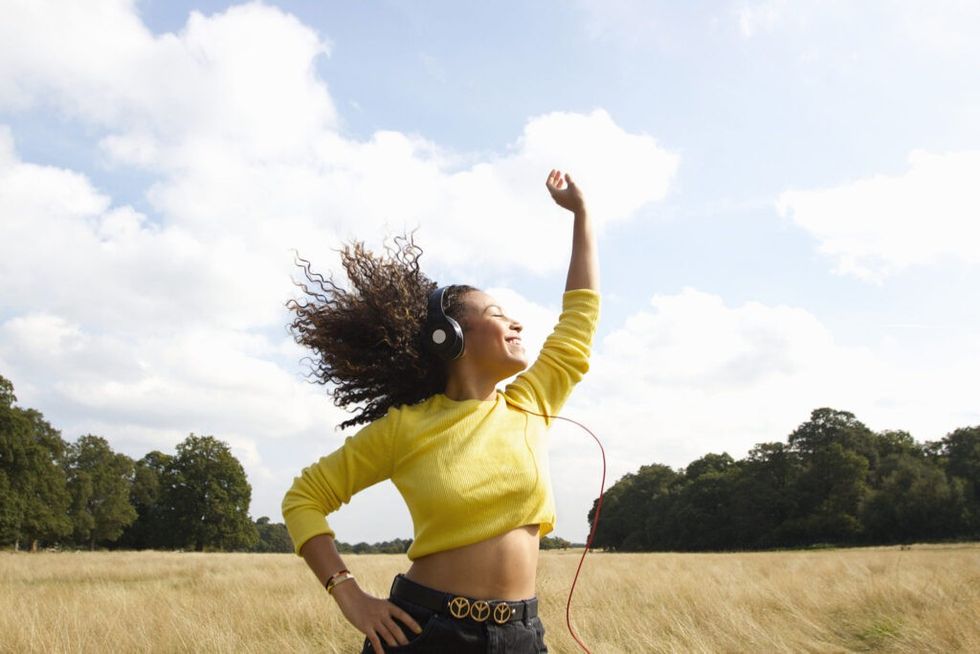
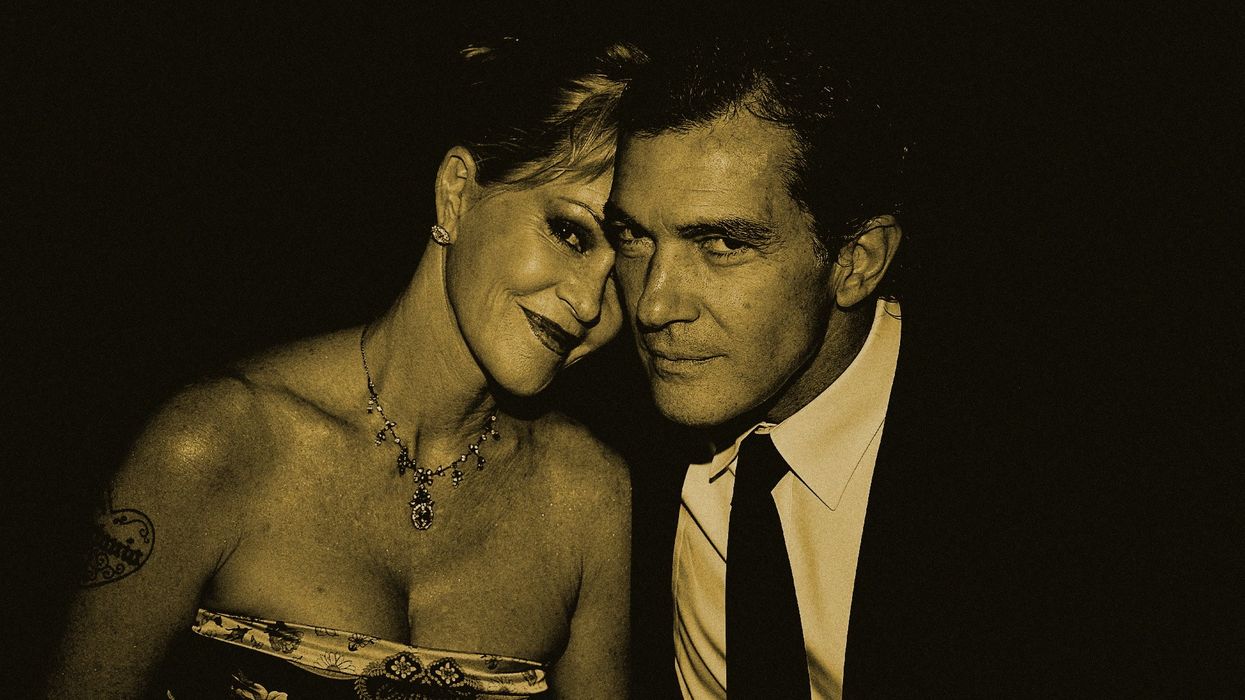
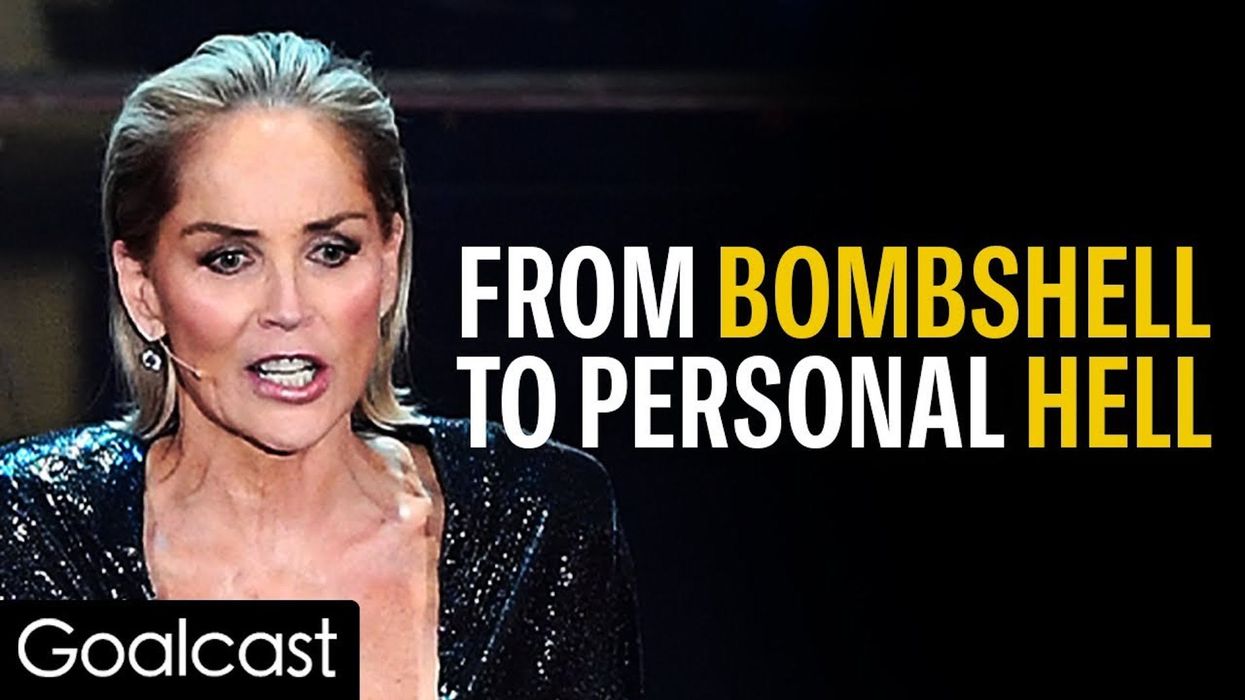
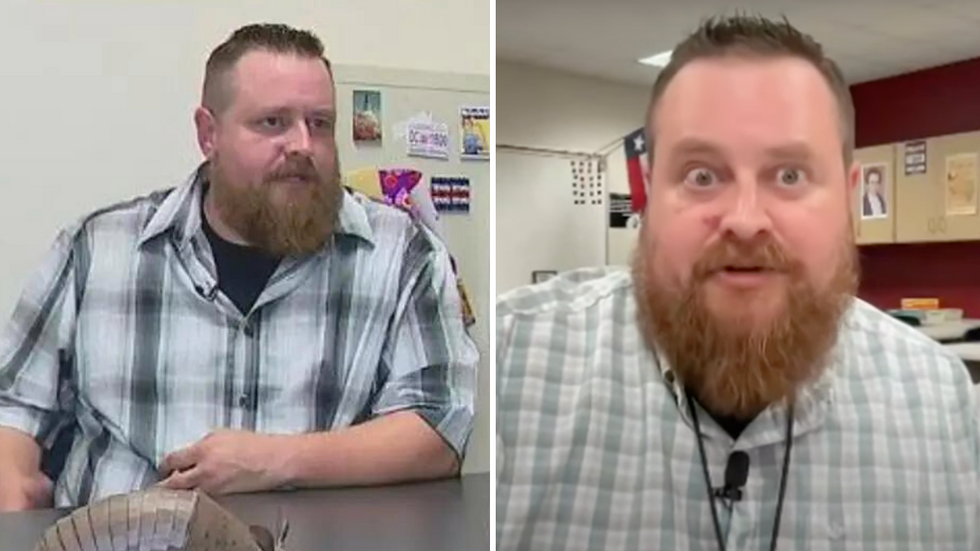

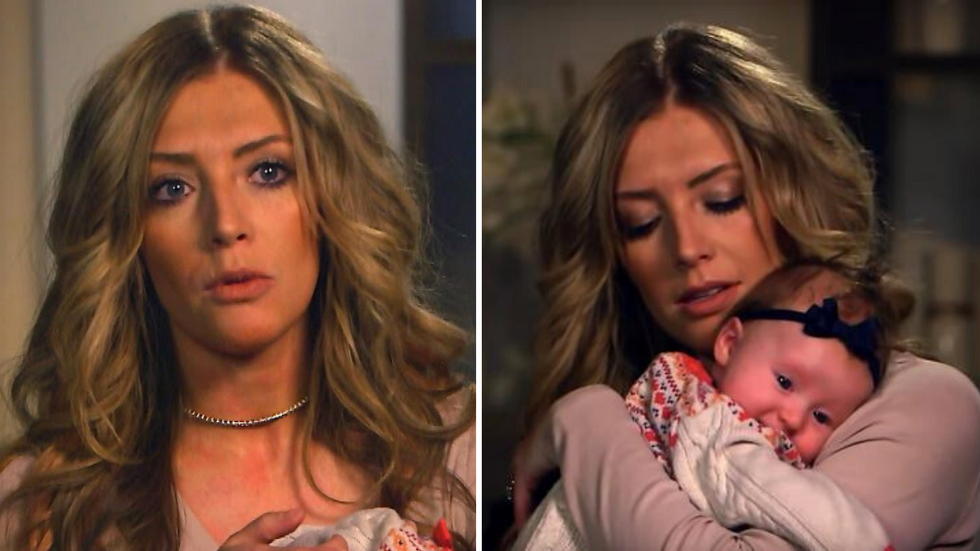
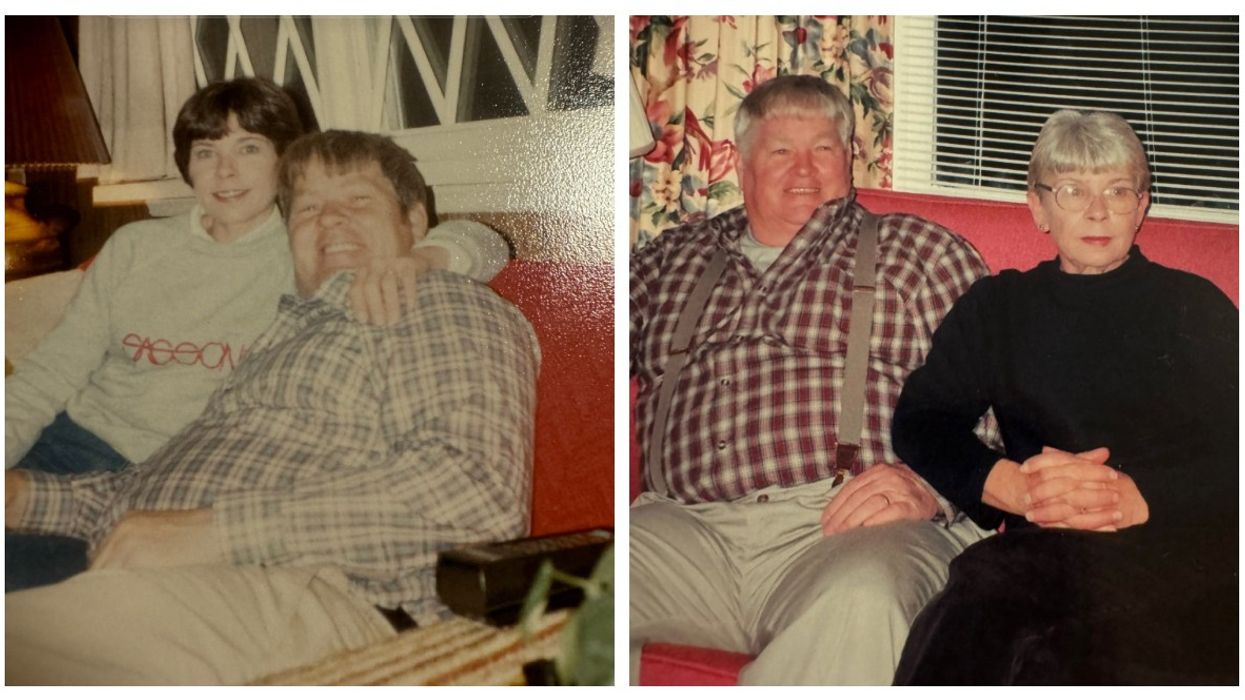
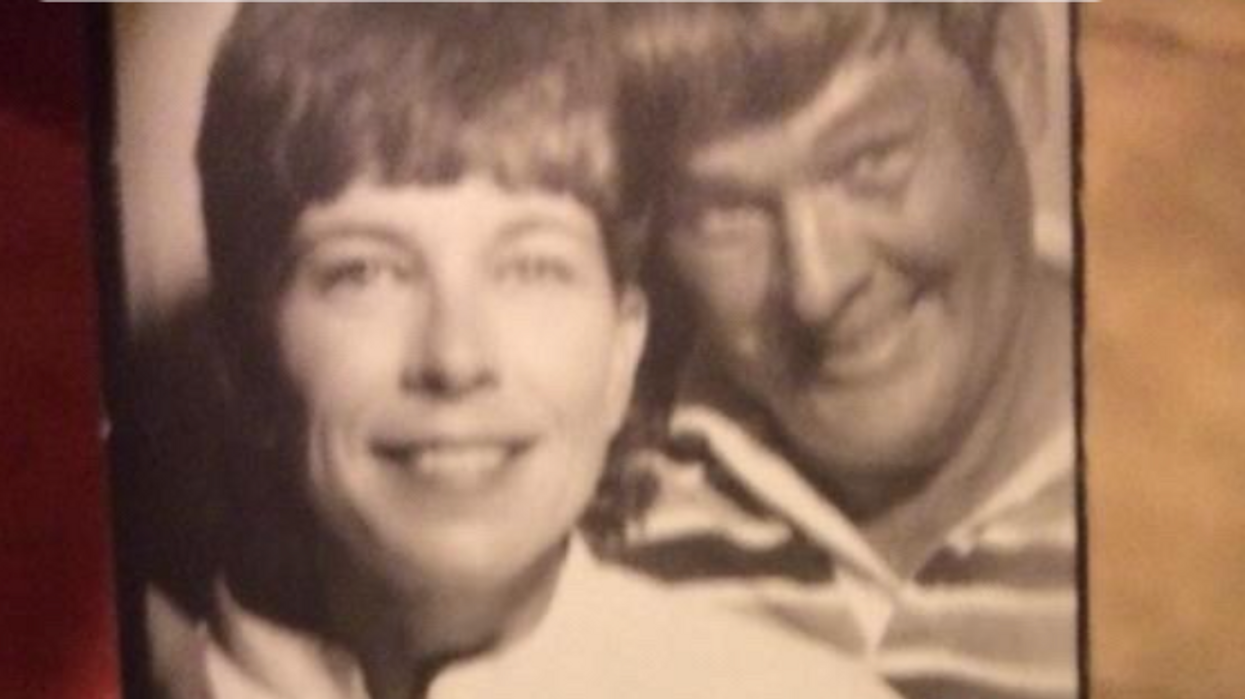 Old photobooth strip of Nana and Papa@jennjensc/TikTok
Old photobooth strip of Nana and Papa@jennjensc/TikTok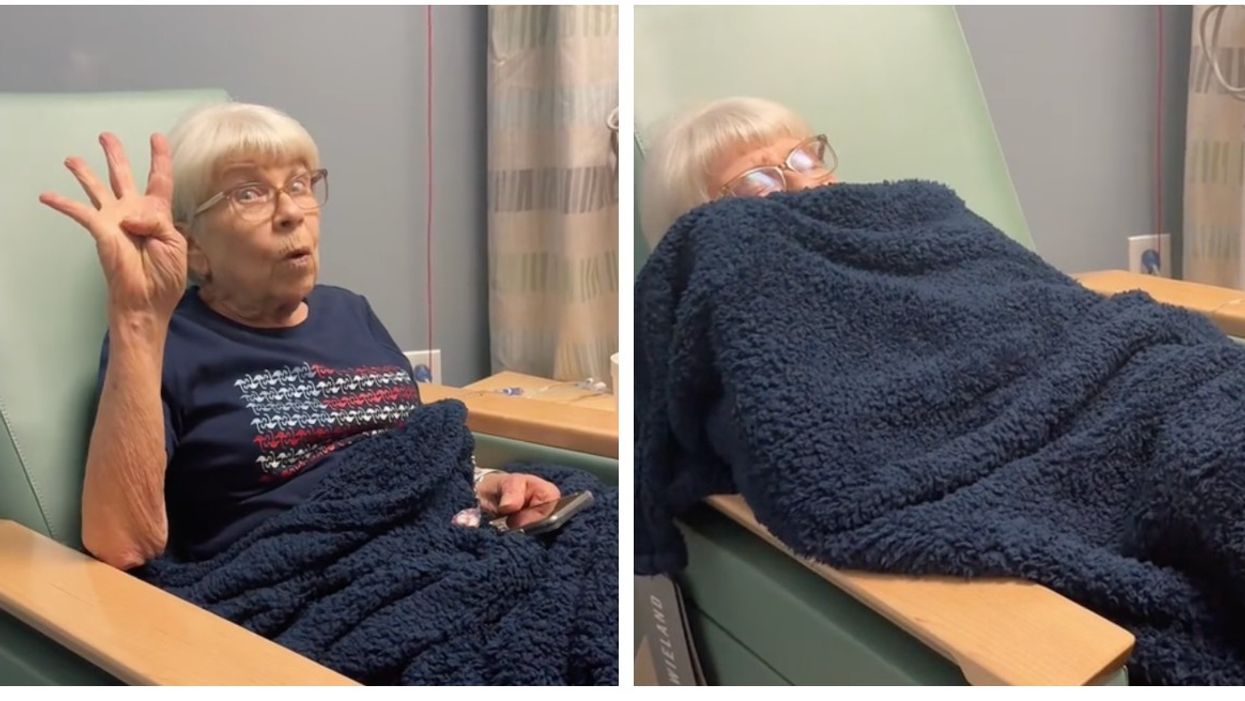 An elderly woman sits in chair with blue blanket while doing chemotherapy.@jennjensc/Tiktok
An elderly woman sits in chair with blue blanket while doing chemotherapy.@jennjensc/Tiktok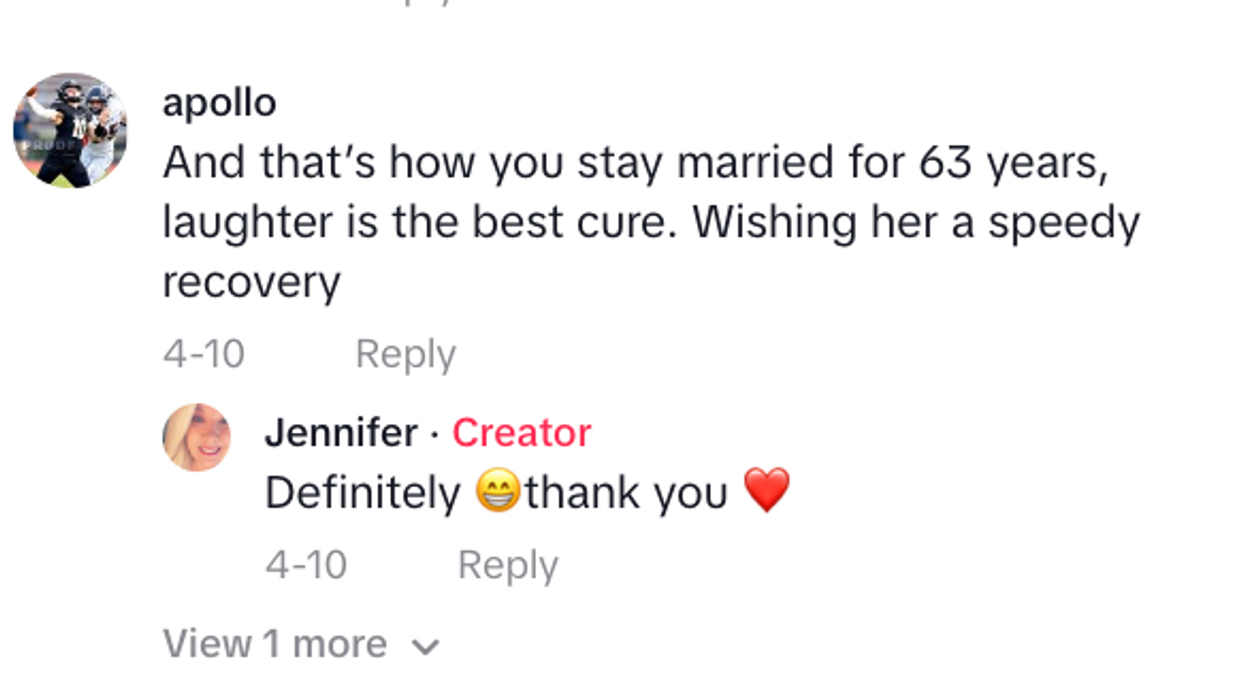 screenshot of a comment on TikTok@jennjensc / TikTok
screenshot of a comment on TikTok@jennjensc / TikTok